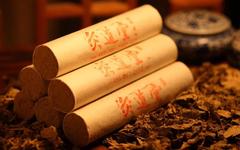
From the perspective of moxibustion’s effects, it primarily benefits Qi and stabilizes the exterior. Certain acupuncture points can enhance Qi and stabilize the exterior. For the general population, points such as Fengmen (Wind Gate), Feishu (Lung Shu), Dazhui (Great Vertebra), and Hegu (Union Valley) can be selected. For individuals with weaker constitutions, especially the elderly, Zusanli (Leg Three Miles) can also be added.
The Dazhui point is well-known for its heat-clearing effects; however, it also has a significant role in invigorating Yang Qi. This point is particularly beneficial when the body’s Yang Qi is deficient and cold. As Dazhui is a point on the Du Mai (Governing Vessel) and intersects with six Yang meridians, it is a crucial point for invigorating Yang Qi in the body.
The Hegu point is located on the Hand Yangming Large Intestine Meridian and is a source point. It is particularly sensitive to both needle and moxibustion stimulation; even a gentle pinch can cause discomfort. When pinching, it is important to push towards the phalanges for stronger stimulation. The source point has a significant characteristic of replenishing the Qi and blood of its respective meridian. Hegu, being on the Large Intestine Meridian, is closely related to the Lung Meridian, making it an excellent point for dispelling wind and resolving the exterior, as well as protecting Wei Qi. If it is inconvenient to access Dazhui, Feishu, or Fengmen, Zusanli and Hegu can also be used.
For enhancing Qi and stabilizing the exterior, the method of ginger moxibustion is emphasized. First, slice ginger into pieces 0.3 to 0.4 cm thick, with a diameter that corresponds to the size of the moxa stick, generally around 2 cm. The second step is to prepare the moxa stick. Roll the moxa wool in one direction to form a cone shape, or use a tool to compress it tightly, ensuring it burns slowly and does not easily shed ash. The third step is to place the ginger slice on the selected acupuncture point, then ignite it. It is generally recommended to light from the tip of the moxa stick, allowing the fire to burn inward. Once the skin around the treated point turns red and the patient feels warmth penetrating into the deeper tissues, the treatment is effective. For health maintenance, the standard moxibustion duration is 15 to 25 minutes per point, as individual sensitivity varies, and responses to stimulation differ.

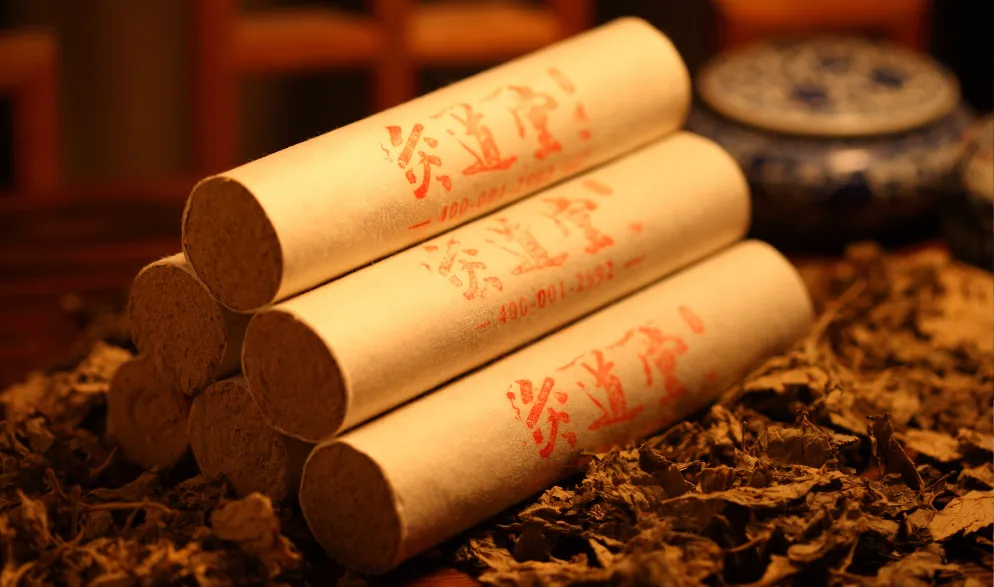

Strengthening the Spleen and Harmonizing the Stomach Moxibustion

How to use moxibustion to harmonize the spleen and stomach? When there is a blockage in the epigastric region and fullness in the spleen, one often feels a lack of appetite and hears a rumbling sound in the stomach after eating. This indicates that the spleen and stomach are weak to a certain extent. When Yang Qi is deficient, water cannot be transformed and accumulates in this area. If acupuncture alone can strengthen the spleen and stomach, but there is already a rumbling sound, it indicates that there is Yin water accumulating here, thus moxibustion is needed. For treating the epigastric area, the main acupuncture points are Pishu (Spleen Shu), Weishu (Stomach Shu), Zhongwan (Middle Cavity), and Zusanli (Leg Three Miles). If there are symptoms of abdominal distension and abnormal bowel movements, in cases of spleen and stomach weakness, diarrhea is usually predominant, although there are some cases of constipation, where the stool is soft but difficult to pass. For this type of constipation, the Tianshu (Heavenly Pivot) point can be added.
For harmonizing the spleen and stomach, the method of circular moxibustion is recommended. The specific technique is to light the moxa stick and hold it 2 to 3 cm away from the skin, then move it in a circular motion above the acupuncture point at a gentle speed, or follow the direction of the meridian in a linear circular motion. Depending on individual circumstances, moxibustion can be applied for 15 to 30 minutes, until the warmth is felt penetrating.

Calming the Spirit and Settling the Mind Moxibustion

Currently, 35% of women are troubled by insomnia, and this number is continuously increasing worldwide. Moxibustion can also be used to treat insomnia, providing a calming and sedative effect.
First, the acupuncture points with calming effects can be divided into two groups for alternating use. The first group includes Baihui (Hundred Meetings), Yintang (Hall of Impression), Sanyinjiao (Three Yin Intersection), Taixi (Great Stream), and Shenmen (Spirit Gate). The second group includes Xinshu (Heart Shu), Pishu (Spleen Shu), Ganshu (Liver Shu), Shenshu (Kidney Shu), and Ge Shu (Diaphragm Shu), which should be relatively easy to locate as they are on the back.
Among these points, it is crucial to emphasize Baihui, Shenmen, and Sanyinjiao, as they are particularly important for treating insomnia, functioning similarly to sedatives. Regardless of the cause of insomnia, these three points generally appear together.
For treating insomnia, the gentle moxibustion method is recommended. Gentle moxibustion is a traditional Chinese medicine technique that uses the warmth generated by ignited moxa sticks to stimulate acupuncture points for therapeutic purposes. There are several points to note in gentle moxibustion: first, the distance from the skin; second, whether there are any hand movements during the moxibustion process; and third, observing the skin color, as the patient’s sensations determine the duration of moxibustion.
In gentle moxibustion, maintain a relatively fixed distance of 2 to 3 cm from the skin. Then, moxibustion should be applied for the required duration, which depends on the acupuncture point, condition, and patient situation. For example, if the skin turns slightly red and the patient feels warmth penetrating, the treatment can be concluded. The body should be relaxed during moxibustion to ensure smooth circulation of Qi and blood.
In gentle moxibustion, for cold conditions, the duration can be adjusted based on personal sensations, while for heat conditions, the moxibustion time should generally be shorter.
When applying moxibustion to these calming points, there are some precautions to consider. When moxibusting the head, time management is crucial; otherwise, dizziness may occur. If the patient is particularly weak or sensitive, the duration of moxibustion on head points, especially Baihui, should not be too long. Secondly, when moxibusting Yintang, it is best to have some support to avoid fatigue, allowing the wrist to move freely. The key aspect of gentle moxibustion is maintaining a relatively fixed distance from the skin at the acupuncture point, which should not remain unchanged. Within the first five minutes, if it does not feel warm, the moxa can be brought closer; once the heat sensation increases, it should be moved further away. During moxibustion, placing fingers around the acupuncture point helps gauge distance and warmth.

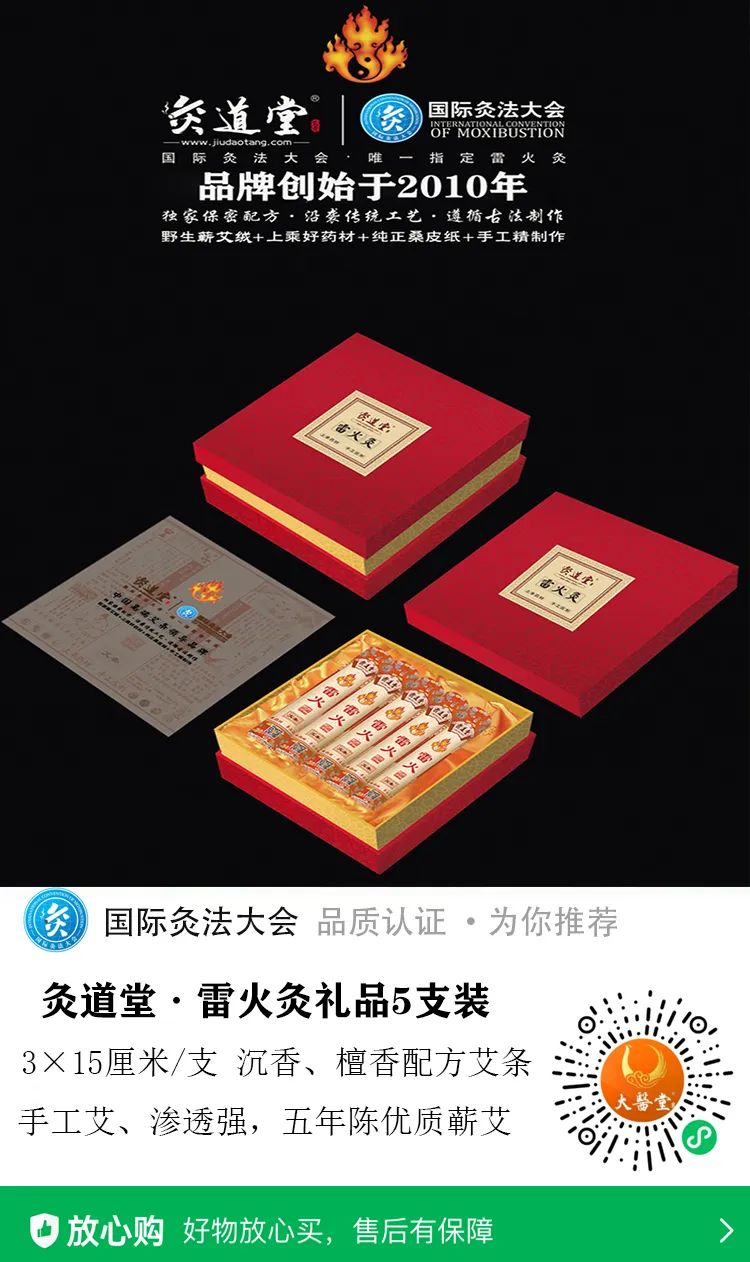

Phlegm Resolving and Lipid Lowering Moxibustion

Hyperlipidemia is closely related to cardiovascular diseases, obesity, diabetes, and other conditions, and this state is associated with high blood lipids and phlegm. In traditional Chinese medicine, phlegm can be both tangible and intangible. The phlegm that is coughed up is tangible, while some individuals may be overweight, have a thick and greasy tongue coating, or even show no symptoms but feel dizzy and have tinnitus; this may also be considered phlegm. Hyperlipidemia can also be classified as a type of phlegm. Moxibustion for phlegm resolution and lipid lowering targets individuals who are relatively overweight or feel lethargic and sleepy, unable to wake up easily. Some may not yet show symptoms but have elevated blood lipids upon testing, which can also be equated with phlegm.
In moxibustion, there are several acupuncture points that can help lower blood lipids and resolve phlegm. The points for lipid lowering and phlegm resolution can be divided into two groups: the first group includes Gongsun (Public Mountain), Zhongwan (Middle Cavity), Zhangmen (Chapter Gate), Fenglong (Abundant Dragon), and Yinlingquan (Yin Mound Spring); the second group includes Lieque (Section Gap), Weishu (Stomach Shu), Pishu (Spleen Shu), Ge Shu (Diaphragm Shu), and Sanjiao Shu (Triple Warmer Shu). Zhongwan is the first choice for many digestive system diseases, as it can strengthen the stomach and spleen and enhance the body’s transformation functions, making it also the first choice for lipid lowering. Fenglong is known for resolving phlegm, while Yinlingquan is more focused on eliminating dampness. Since phlegm and dampness are closely related, combining these three points can effectively strengthen the spleen and resolve phlegm, with Fenglong being particularly effective in lowering triglycerides. Other points that can be used at home include Weishu, Pishu, Ge Shu, and Sanjiao Shu, which all help strengthen the spleen and stomach, resolve phlegm, and promote smoothness. Sanjiao Shu and Lieque also have damp-eliminating effects.
The most suitable moxibustion method for phlegm resolution and lipid lowering is the sparrow pecking moxibustion. When holding the moxa stick, the hand resembles a small bird pecking, hence the name. The technique involves varying the distance from the acupuncture point, coming closer when descending and raising it when lifting, creating a cycle of strong and weak stimulation. The previously mentioned gentle moxibustion is more nourishing, while sparrow pecking moxibustion is more depleting. The duration of moxibustion is generally 15 to 30 minutes, and for patients with cold deficiency, the time can be extended, with the goal being to achieve skin redness or warmth penetrating.
In addition to lowering lipids and resolving phlegm, sparrow pecking moxibustion is also used for the following conditions: emergencies, certain childhood diseases, correcting fetal positions, and even for cases of agalactia.

Strengthening the Kidneys and Nourishing the Foundation Moxibustion

How to use moxibustion to harmonize the spleen and stomach? When there is a blockage in the epigastric region and fullness in the spleen, one often feels a lack of appetite and hears a rumbling sound in the stomach after eating. This indicates that the spleen and stomach are weak to a certain extent. When Yang Qi is deficient, water cannot be transformed and accumulates in this area. If acupuncture alone can strengthen the spleen and stomach, but there is already a rumbling sound, it indicates that there is Yin water accumulating here, thus moxibustion is needed. For treating the epigastric area, the main acupuncture points are Pishu (Spleen Shu), Weishu (Stomach Shu), Zhongwan (Middle Cavity), and Zusanli (Leg Three Miles). If there are symptoms of abdominal distension and abnormal bowel movements, in cases of spleen and stomach weakness, diarrhea is usually predominant, although there are some cases of constipation, where the stool is soft but difficult to pass. For this type of constipation, the Tianshu (Heavenly Pivot) point can be added.
For harmonizing the spleen and stomach, the method of circular moxibustion is recommended. The specific technique is to light the moxa stick and hold it 2 to 3 cm away from the skin, then move it in a circular motion above the acupuncture point at a gentle speed, or follow the direction of the meridian in a linear circular motion. Depending on individual circumstances, moxibustion can be applied for 15 to 30 minutes, until the warmth is felt penetrating.

Unblocking Meridians and Pain Relief Moxibustion

Joint pain can arise from several causes, with wind, cold, and dampness being the primary factors, particularly cold, which can cause severe pain. Another significant cause is blood stasis, where various factors lead to blood stasis that blocks the meridians, causing pain. Additionally, insufficient Qi and blood can also lead to pain. Common joint pain among the public is often related to insufficient nourishment of the liver and kidneys. If the pain is muscular, it may relate to the spleen, and sometimes skin pain may be associated with the lungs.
For pain relief, moxibustion can be applied to points including Dazhui (Great Vertebra), Quchi (Pool at the Crook), Guanyuan (Origin Pass), Shenque (Spirit Gate), Houxi (Back Stream), Shenmai (Shen Pulse), and Zusanli (Leg Three Miles). Dazhui can unblock the meridians and invigorate Yang Qi, while Guanyuan can tonify Kidney Yang. These two points can relieve pain when present and prevent pain when absent. Quchi and Zusanli are also suitable for systemic pain. In addition to these four points, if the patient is prone to upper limb pain, Houxi can be added. To locate Houxi, make a fist and find the depression on the outer side of the wrist crease. Houxi is a point on the Small Intestine Meridian that can help unblock Yang Qi in the upper limbs. Shenmai is located in the depression below the outer ankle and can be used for lower limb pain, as it can extend Yang Qi.
For joint pain, the method of pressing moxibustion can be used, which involves igniting the end of the moxa stick (usually a medicinal moxa stick), placing several layers of cloth or cotton paper in between, and pressing it firmly on the acupuncture point to allow the heat to penetrate the skin. After the fire diminishes, the moxa can be reignited and pressed again. Each point can be treated several times to dozens of times. This method is suitable for various wind and cold pains. If the pain is severe, it can be performed once or twice daily; for health maintenance, once or twice a week is sufficient. Since pressing moxibustion does not burn the skin, it is generally safe for everyone.

Strengthening Muscles and Bones Moxibustion

Most elderly individuals are prone to symptoms such as hunching, back pain, and lumbar pain. If the body feels weak and sore for an extended period, it may indicate osteoporosis. Calcium loss is a significant cause of osteoporosis, and long hours of sitting in an office with little exercise can lead to calcium deficiency.
Thus, calcium storage is crucial for the body. Certain acupuncture points can help reduce calcium loss and strengthen bones, including Dazhui (Great Vertebra), Xuanzhong (Suspended Bell), and Yanglingquan (Yang Mound Spring). Dazhui is related to all bones and can strengthen them, located 1.5 inches lateral to the spinous process of the first thoracic vertebra. Xuanzhong is related to the marrow, as bone marrow nourishes the bones, located 3 inches above the outer ankle. Strengthening bones also requires strengthening muscles, so Yanglingquan, which governs all muscles, is essential. Additionally, Zusanli and Sanyinjiao can be included, as these two points manage muscle health and can also strengthen the body.
For moxibustion on these points, the previously mentioned methods can be applied. If one prefers not to use hands, a warming moxibustion device can be used. The specific method involves inserting the ignited moxa stick from above. Initially, as it may not be very hot, it can be held closer to the skin, about 1 cm away. After two to three minutes of moxibustion, it can be gradually raised. Generally, moxibustion for 5 to 10 minutes can achieve the desired effect.
In addition to dietary considerations, soaking feet in warm mugwort leaf water is also beneficial. Mugwort can be used externally and internally, commonly used for various gynecological diseases and conditions related to cold dampness, as it regulates blood and Qi, helps stop bleeding, and promotes sleep.

Regulating Chong and Ren Moxibustion

You may have heard of the Eight Extraordinary Meridians but may not fully understand what they are, where they are located, and their functions. If there are issues with the Eight Extraordinary Meridians, the first health risks that may arise are reproductive system diseases. This means that if you are troubled by gynecological diseases or male prostate issues, adjusting Chong and Ren moxibustion can effectively address these problems.
The main acupuncture points for regulating Chong and Ren are Guanyuan (Origin Pass) and Zhongji (Middle Pole), located three and four inches below the navel, respectively. Additionally, the Sanyinjiao point on the leg should be included. Another very important point to recommend is Taichong (Great Surge), which is located similarly to Hegu on the hand.

Promoting Growth and Development Moxibustion

Joint pain can arise from several causes, with wind, cold, and dampness being the primary factors, particularly cold, which can cause severe pain. Another significant cause is blood stasis, where various factors lead to blood stasis that blocks the meridians, causing pain. Additionally, insufficient Qi and blood can also lead to pain. Common joint pain among the public is often related to insufficient nourishment of the liver and kidneys. If the pain is muscular, it may relate to the spleen, and sometimes skin pain may be associated with the lungs.
For pain relief, moxibustion can be applied to points including Dazhui (Great Vertebra), Quchi (Pool at the Crook), Guanyuan (Origin Pass), Shenque (Spirit Gate), Houxi (Back Stream), Shenmai (Shen Pulse), and Zusanli (Leg Three Miles). Dazhui can unblock the meridians and invigorate Yang Qi, while Guanyuan can tonify Kidney Yang. These two points can relieve pain when present and prevent pain when absent. Quchi and Zusanli are also suitable for systemic pain. In addition to these four points, if the patient is prone to upper limb pain, Houxi can be added. To locate Houxi, make a fist and find the depression on the outer side of the wrist crease. Houxi is a point on the Small Intestine Meridian that can help unblock Yang Qi in the upper limbs. Shenmai is located in the depression below the outer ankle and can be used for lower limb pain, as it can extend Yang Qi.
For joint pain, the method of pressing moxibustion can be used, which involves igniting the end of the moxa stick (usually a medicinal moxa stick), placing several layers of cloth or cotton paper in between, and pressing it firmly on the acupuncture point to allow the heat to penetrate the skin. After the fire diminishes, the moxa can be reignited and pressed again. Each point can be treated several times to dozens of times. This method is suitable for various wind and cold pains. If the pain is severe, it can be performed once or twice daily; for health maintenance, once or twice a week is sufficient. Since pressing moxibustion does not burn the skin, it is generally safe for everyone.

Beauty Through Meridian Unblocking Moxibustion

As we age, various skin issues such as melasma and wrinkles become a concern. Age, gravity, hormonal factors, and poor blood circulation can all lead to wrinkles and melasma. When the liver, spleen, and kidneys undergo pathological changes, these symptoms may arise.
For moxibustion targeting melasma, acupuncture points on the Ren Meridian can be selected to tonify Yang and Yin. Some points on the Kidney Meridian can replenish the foundation, while points on the Spleen and Stomach Meridians can regulate Qi and blood. Overall, these meridian points have a significant impact on the face. Additionally, there are many facial acupuncture points; a simple way to remember them is “two bamboo and two whites.” The two bamboos refer to the eyebrows, specifically the Yintang (Hall of Impression) and the tail of the eyebrows, while the two whites refer to Yangbai (Sunlight White) and Sibai (Four Whites). Yangbai is located one inch above the midpoint of the eyebrows, and Sibai is located directly below the pupils in a depression. Mastering these four points around the eyes can help target the main facial acupuncture points.
For facial beauty moxibustion, if performed at home, gentle moxibustion with moxa sticks is recommended. There are also some moxa sticks available on the market that contain medicinal herbs, which can be used if they have blood-activating and stasis-resolving properties. Additionally, a new moxibustion method using a moxibustion box is introduced. The moxibustion box has several layers, with a metal mesh inside and a surrounding rod, preventing the moxa stick from moving around. After placing the moxa or moxa wool inside, arrange them evenly to ensure uniform heat distribution, then ignite the moxa stick. If using gentle moxibustion, only one area can be treated at a time, while using a moxibustion box allows for larger areas to be treated.
When using a moxibustion box, there are some precautions to consider. Many patients report feeling warm all over after treatment, and some may even sweat. Therefore, it is advisable to drink warm water after using the moxibustion box, especially after prolonged treatment, as it aids in sweating and promotes better circulation of Qi and blood.
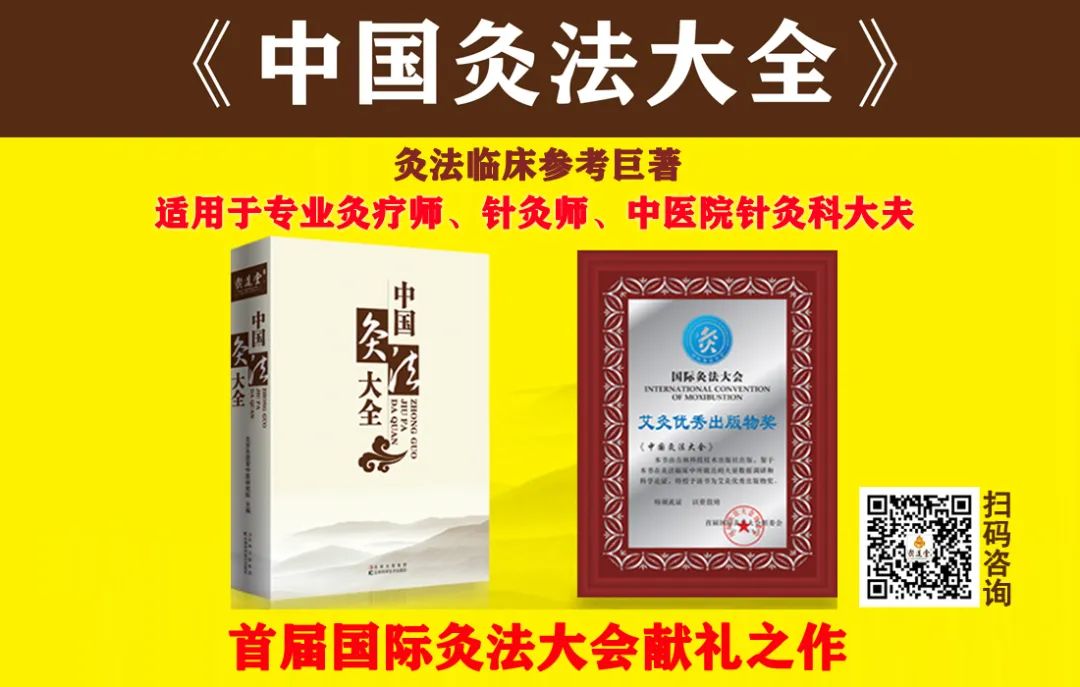
▼ Related Articles:
How long does moxibustion take to show improvement? Why does moxibustion not work after several months? These factors are all related!
When these four areas are unblocked, the heart, liver, spleen, lungs, and kidneys will all improve.
Acupuncture points and methods for treating dampness and cold in the scrotum.
Why is moxibustion not like grilling meat? The five practices of a moxibustion practitioner: which level have you reached?
Spleen deficiency leads to bags under the eyes, kidney deficiency leads to dark circles, and liver stagnation leads to easy growth of blemishes…
After an external pathogen, persistent cough: how to regulate with moxibustion? Moxibustion here is quite effective, supporting the righteous Qi and enhancing the constitution!
For more knowledge on moxibustion health, please follow the public accounts below.

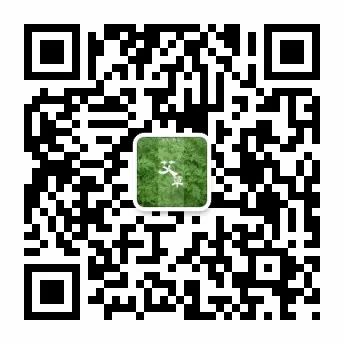

▼ Moxibustion Industry Focus:
Acupuncture Points | Comprehensive Guide to Human Acupuncture Points! The complete meridian acupuncture point atlas is all here.
Video | Watch the “Moxibustion Culture Lecture Hall” series for free.
Free | Free posting of industry supply and demand, recruitment information for the moxibustion industry.
Live | Click to receive free video live classes and online moxibustion courses.
Training | International Moxibustion Conference Business School: Professional moxibustion training institution.
Books | “Complete Guide to Moxibustion” is an essential encyclopedia for moxibustion practitioners.
Moxa Sticks | Founded in 2010, focusing on the development of medicinal formula moxa sticks.
Textbooks | “Moxibustion Therapist Training Course” is a reference book for moxibustion study.
Mugwort | Seeking guardians of wild mugwort to protect wild mugwort and preserve it.
Mugwort Field | You can now adopt your own mugwort field.
↙Click Read the original textLearn moxibustion | Please light upto see↘

